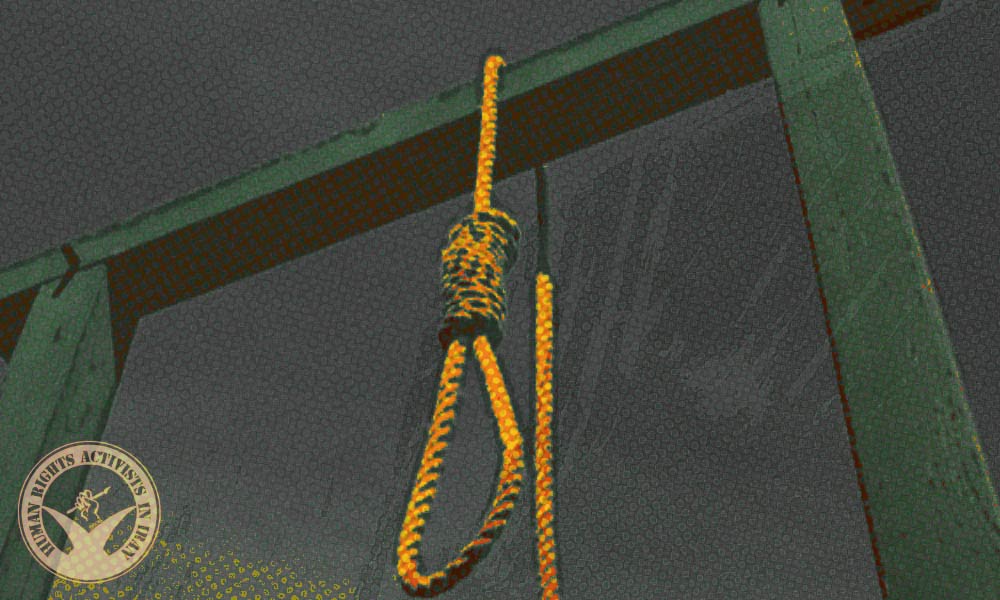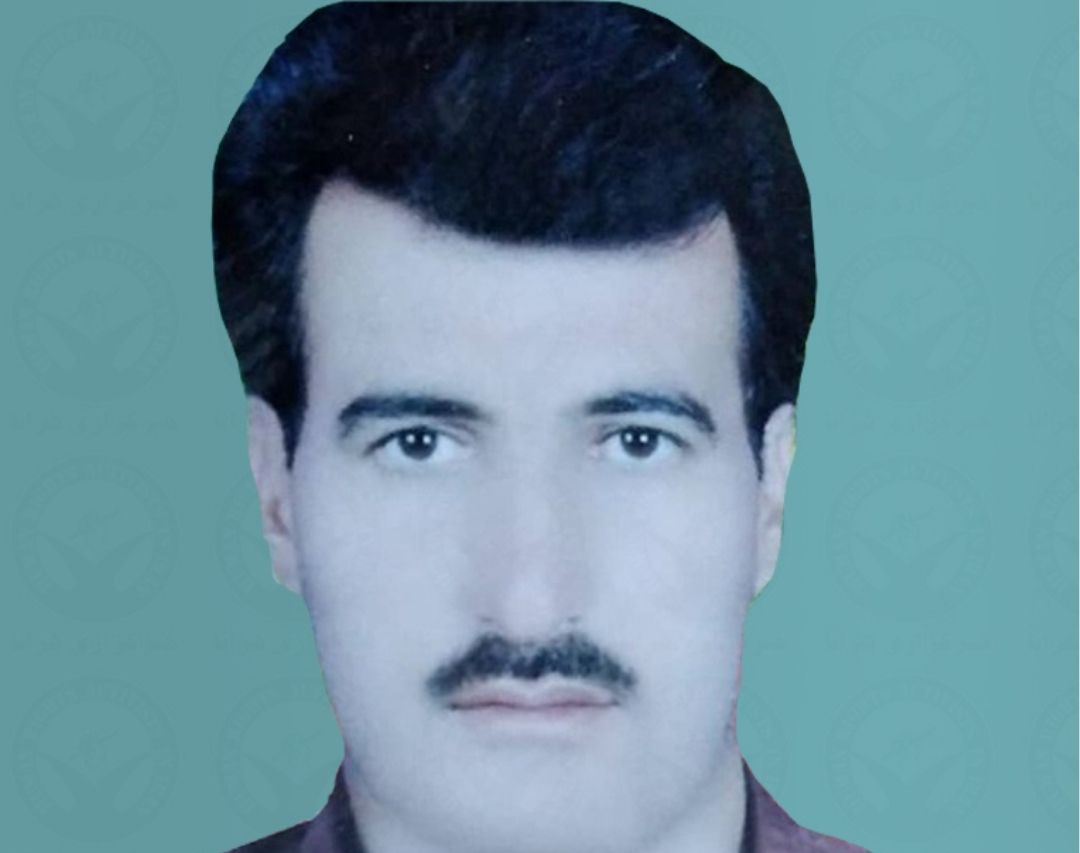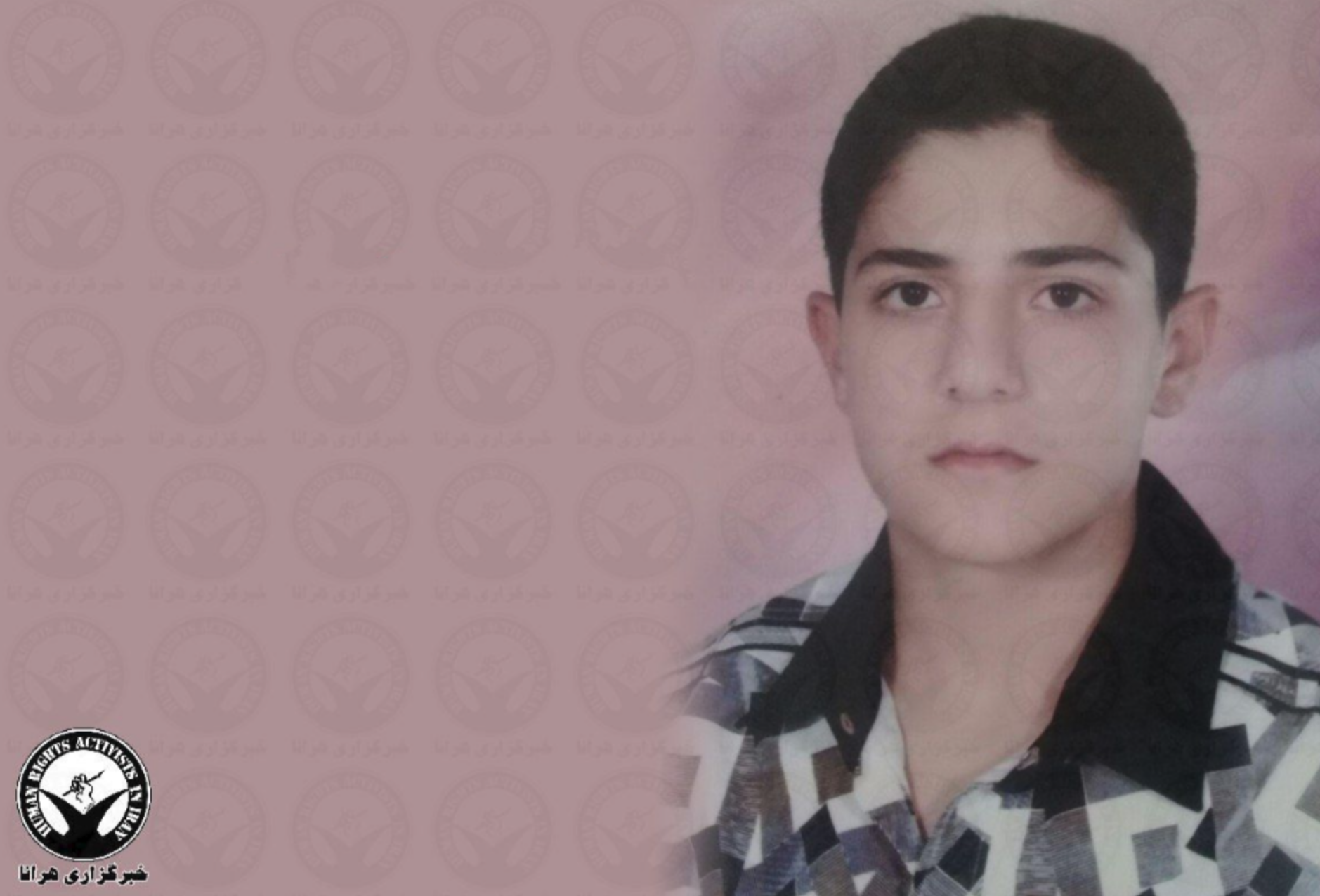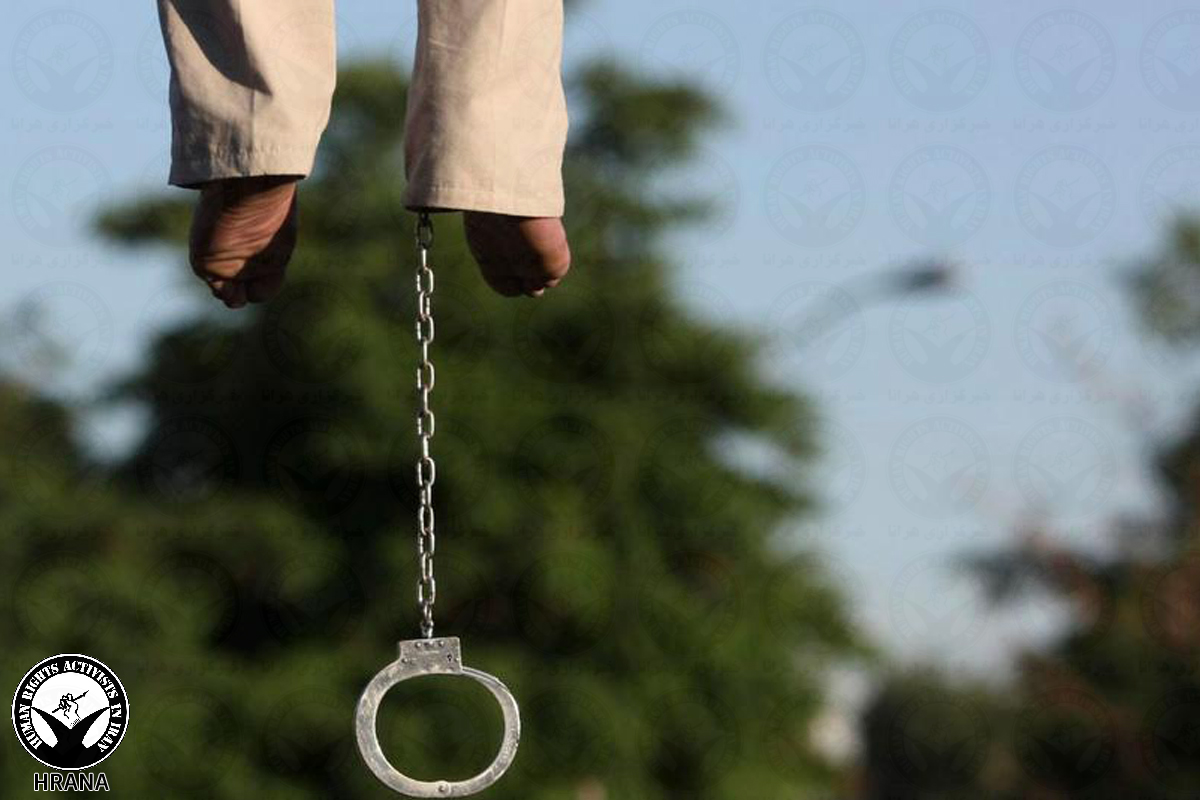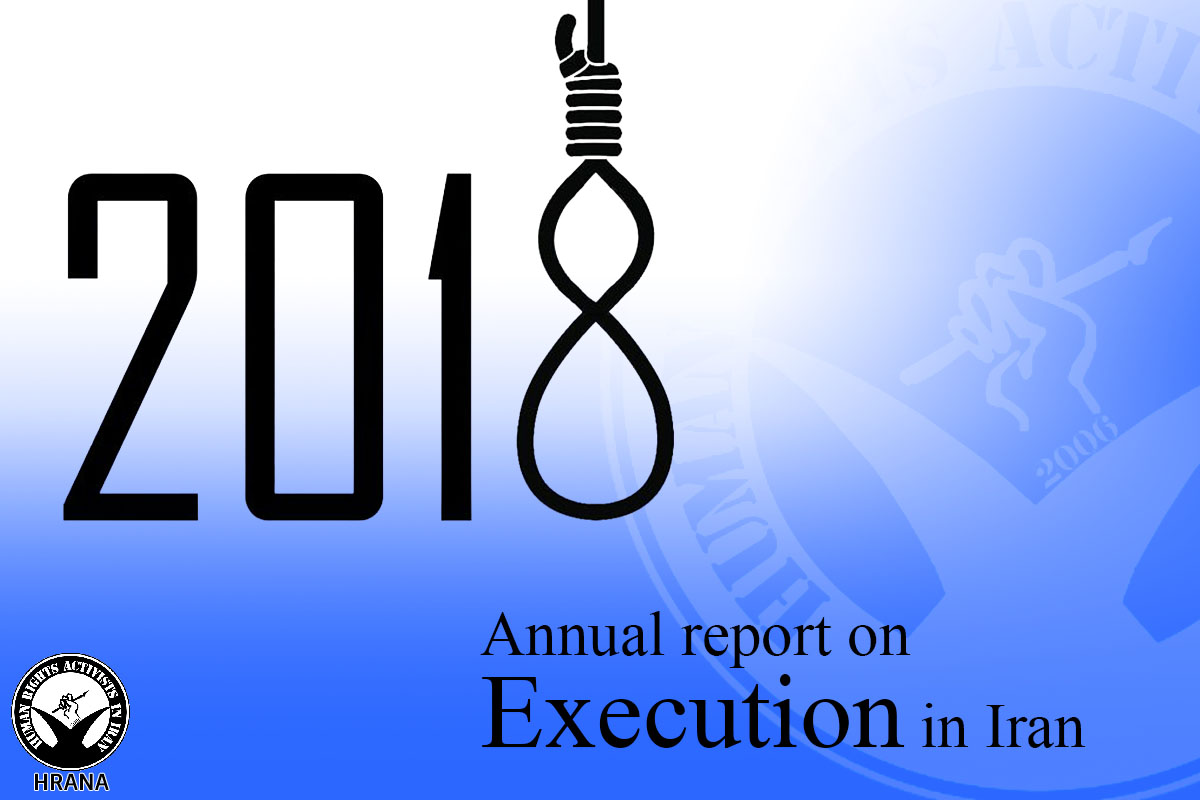In recent days, five inmates were executed in Minab, Dastgerd, Adel-Abad, Zanjan and Central Karaj Prisons.
According to HRANA, the news agency of Human Rights Activists, quoting Iran Human Rights Organization, on Thursday, May 19, 2022, an inmate identified as Ahmad Gashul, 21, was executed in Dastgerd Prison in Isfahan.
In November of 2019, Gashul’s assistance in escaping two prisoners led to the death of a prison guard.
On Wednesday, May 18, in Central Prison of Karaj, an inmate identified as Ayat Ghasemi Delfani was also executed for murder and drug-related crimes.
According to an informed source, the murder case was about killing a fellow inmate in prison and drug-related crimes.
Additionally, Haal Vsh News reported the execution of an inmate identified as Abdolbari Rigi, 32, in Adel-Abad prison in Shiraz on May 22, 2022.
In 2019, Rigi was arrested for smuggling drugs and subsequently was sentenced to death by the Revolutionary Court of Shiraz. Reportedly, the prison officials did not inform his family about his execution in advance.
Also, on May 23, 2022, Baloch Activists Campaign reported the execution of an inmate in Minab prison. The inmate, identified as Mosaddeq Malahi, was arrested in 2018 for drug-related crimes. This inmate was also executed without informing his family in advance and was denied the last family visitation.
These executions have not been reported by official sources and media outlets inside Iran so far.
Lastly, according to Rokna News, an inmate who was convicted of killing two park rangers last year was executed in Zanjan prison today.
The most recent report from the Statistics and Publication Center of the Human Rights Activists in Iran (HRA) states that between January 1 of 2021 and December 20 of 2021, at least 299 citizens, including four juvenile offenders, were executed. In addition, 85 citizens were sentenced to death in this period.
As the report points out, Iran’s judicial authorities do not publicly announce over 88% of executions. These unreported executions are known as “secret executions” by human rights organizations.



